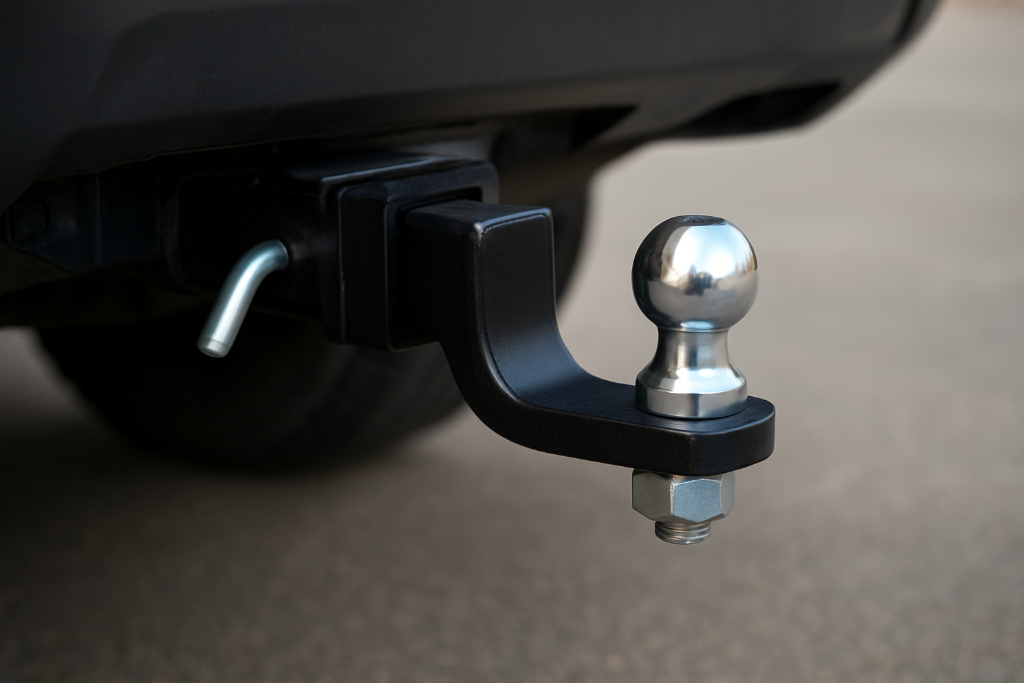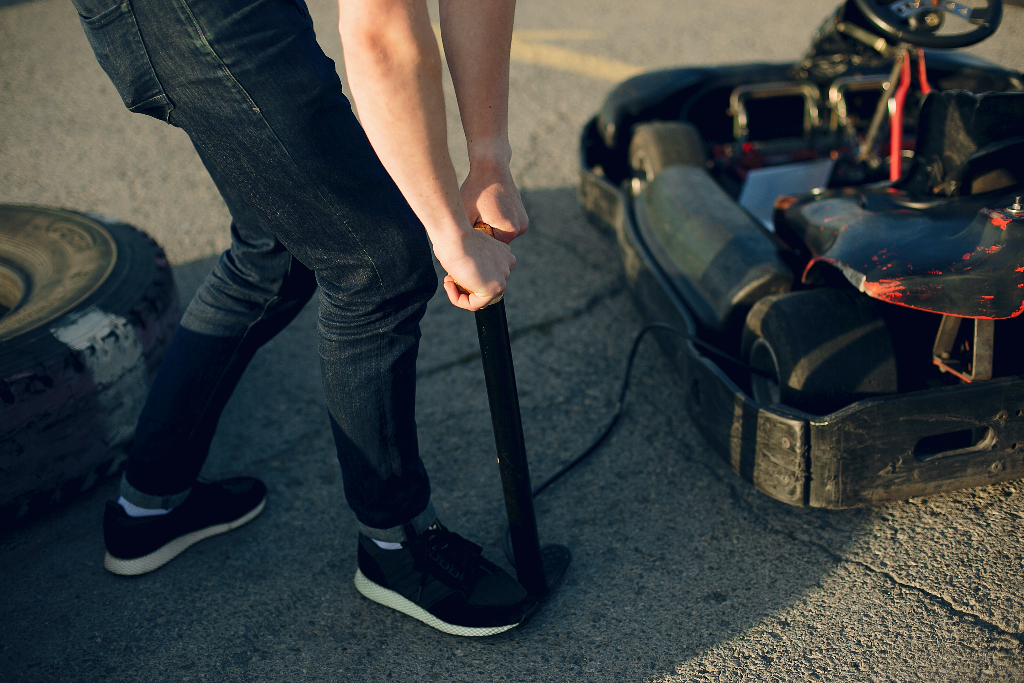The first time I tried to hook up a trailer, I thought it would be easy. Back up, drop it on, and drive away. Ten minutes later, I was sweating, the trailer tongue was not lining up, and my neighbor was standing there shaking his head with that little grin people get when they have been through it before.

If you are reading this, chances are you are new to towing too. Do not worry. Everyone struggles the first few times. By the end of this guide, you will know exactly how to hitch a trailer without the stress. I will also explain how to install a trailer hitch if your truck does not have one yet, and how to safely unhook a trailer hitch when you are done.
Let’s take it slow and do it step by step.
A trailer hitch is not just another car accessory. It is literally the link that keeps your trailer attached to your vehicle. If something goes wrong here, it is not just inconvenient, it can be dangerous. I once saw a small utility trailer come loose on the highway, and it was not pretty.
Taking your time with the hitch means you get:
Not all hitches fit all jobs. Think of them like shoes. You would not wear flip flops to run a marathon, right? Same idea here. Small trailers can use a lighter Class I or II hitch, but heavy campers or boats need something stronger like Class III, IV, or even V.
Grab your vehicle manual and check how much weight it can tow. Then match that with your trailer. Once you know the numbers, choosing the right hitch is simple.
If you already have a hitch, skip ahead. If not, here is the quick version of how to install a trailer hitch.
Some people do this themselves. I did mine in my driveway with a buddy. But if crawling under your truck with a wrench is not your idea of fun, any shop can handle it.
This part can test your patience. You inch back, check the mirror, pull forward, and try again. The ball on your hitch needs to be directly under the trailer coupler.
Do not be discouraged if it takes a few tries. I once needed five. The trick is to make tiny adjustments instead of swinging the wheel hard. If you have a backup camera, it helps a lot.
Now we are connecting. Use the trailer jack to lower the coupler onto the ball. You should feel it settle down snugly. Once it is seated, close the latch. Do not stop there—slide in the safety pin or a coupler lock. That little pin is your insurance policy.
Chains are not decoration. They are there to save you if the hitch ever fails. Always cross the chains under the tongue before hooking them to your truck. The crossing pattern is important—it makes a cradle that keeps the tongue from hitting the pavement if it disconnects.
Make sure they are short enough not to drag, but loose enough for turns.
Without lights, you are invisible on the road. Plug the trailer wiring harness into the connector on your vehicle. Then test it—brake lights, blinkers, running lights. If you do not have someone to help, use your phone. Set it on video behind the trailer, hit the brakes, and then watch the recording.
Before you drive off, do a slow circle around your setup. Ask yourself:
That last thirty seconds is the difference between a relaxed drive and a stressful one.
When you arrive and it is time to disconnect, here is the safe way:
I forgot the wheel chocks once, and the trailer rolled a foot before I caught it. Not fun.
Most of these are harmless if you catch them early, but they are headaches you can avoid with a little routine.
Learning how to hitch a trailer feels clumsy the first few times, but I promise it gets easier. Once you have done it a couple of times, you will be backing up and connecting everything like you have been towing for years.
The secret is patience. Do not rush. Take the extra minute to double check the latch, the chains, and the lights. It is worth it every single time.

If you are looking for gear, a solid trailer hitch, a coupler lock, and a reliable wiring kit are worth every penny. Cheap setups might work once or twice, but good equipment makes the whole process smoother and safer.
Check the trailer coupler. It will be stamped with the ball size required, usually two inches or two and five sixteenths.
Yes, many people do. If you are handy with tools, it is not too bad. If not, most shops can install one quickly.
Yes. Crossing the chains is a small detail that makes a big difference in safety.
The coupler should drop fully onto the ball with no gap. Once latched, it should feel locked in place.
Always block the trailer wheels before you unhook anything. That keeps it from rolling away.
Discount Applied Successfully!
Your savings have been added to the cart.